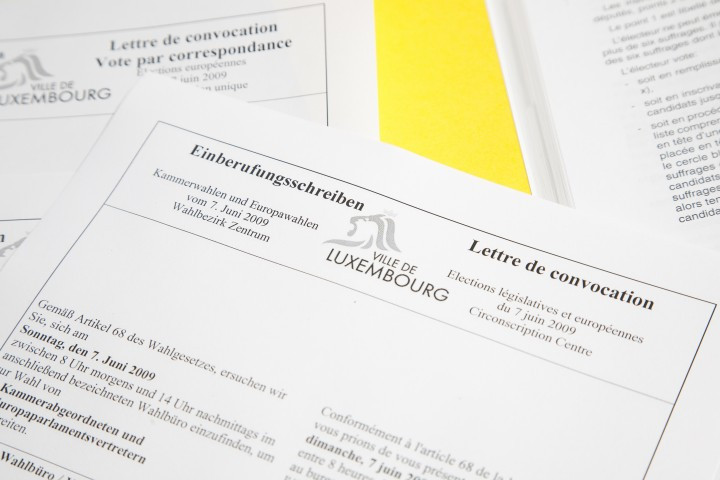However, Luxembourg has a problem of representativity. Luxembourg’s population has been growing rapidly, mostly because of sustained levels of immigration.
While Luxembourg nationals are obliged to vote, they only make up 52,3% of the population. Only 22.18% (34.726) of the foreign residents, who fulfil the resident and age criteria, have registered to vote. In the same vein, only 7% of the 3,575 candidates are foreign residents.
Voters in local elections relative to population
The red line is data from 2011 (when the last local elections were held), while the blue line is data from 2017.
Another, non-negligible problem, is the under-representation of women. 64% of the candidates are male. While the new electoral law stipulates that at least 40% of candidates must be women in the following parliamentary and European elections, it has been decided not to apply it to the local level.
Socio-economic data
This map was compiled by our sister magazine, Paperjam.
Unemployment is higher in the North and South than in the Centre communes. It can range from 12% in Wiltz and Esch-sur-Alzette, to 3.3% in Junglinster and 3.9% in Sandweiler. Luxembourg City recorded 7.9% unemployment on 31 December, 2016.
Parallel to that, if one looks at the median income, the North is disadvantaged compared to the Centre and South communes. The local council where the median income is lowest is Reisdorf (€2,596), while the median income is highest in Niederanven with €4,950 per month.
Current mayors and coalitions
The map, compiled by Paperjam, represents neatly where certain parties are dominant.
The liberal DP holds the post of mayor in 6 local councils, and is geographically concentrated almost entirely in the Centre, where income levels are above average.
Déi Gréng currently have 4 mayors, including in Differdange, Remich and Beckerich.
The LSAP is dominant in the South, though it also holds the mayoral post in a few of the other areas of the country. For the LSAP, it still seems that the old owner/worker cleavage seems to be working in their favour. The CSV is most geographically spread and can boast that its members occupy mayoral roles in each of the four districts. It should be noted that the CSV electorate does not seem to align on the rural/urban cleavage, or on any social welfare cleavage--at least at the local level. There are CSV mayors in both the richest local council (Niederanven) and some of the poorest (Clervaux).
Parties in 2017
There are 3,575 candidates in total. Of the big established parties, the CSV has managed to submit entire candidate lists to all communes which have a proportional electoral system (46). The LSAP is standing with complete candidate lists in 41 local councils, while the DP is present in 44. The smaller parties (Déi Gréng, ADR, Déi Lénk, Piratepartei, KPL) have submitted whole lists to several, but not all communes. Déi Gréng have 35 candidate lists, dotted all over the country, but with a weak representation in the North. The same applies to the ADR, which published their 10 lists in the South (7), the Centre (1) and North (2). Déi Lénk have submitted their lists in 8 communes, all in the South and Centre. The pirate party has six lists, mostly in the South and Centre. The KPL (communist party Luxembourg) is only present in 4 communes. Several local councils have local parties as well.
In the smaller communes (under 3,000 inhabitants), a majoritarian election system means that there are no party lists. Instead, individuals stand for the elections, though some may be members of political parties.
